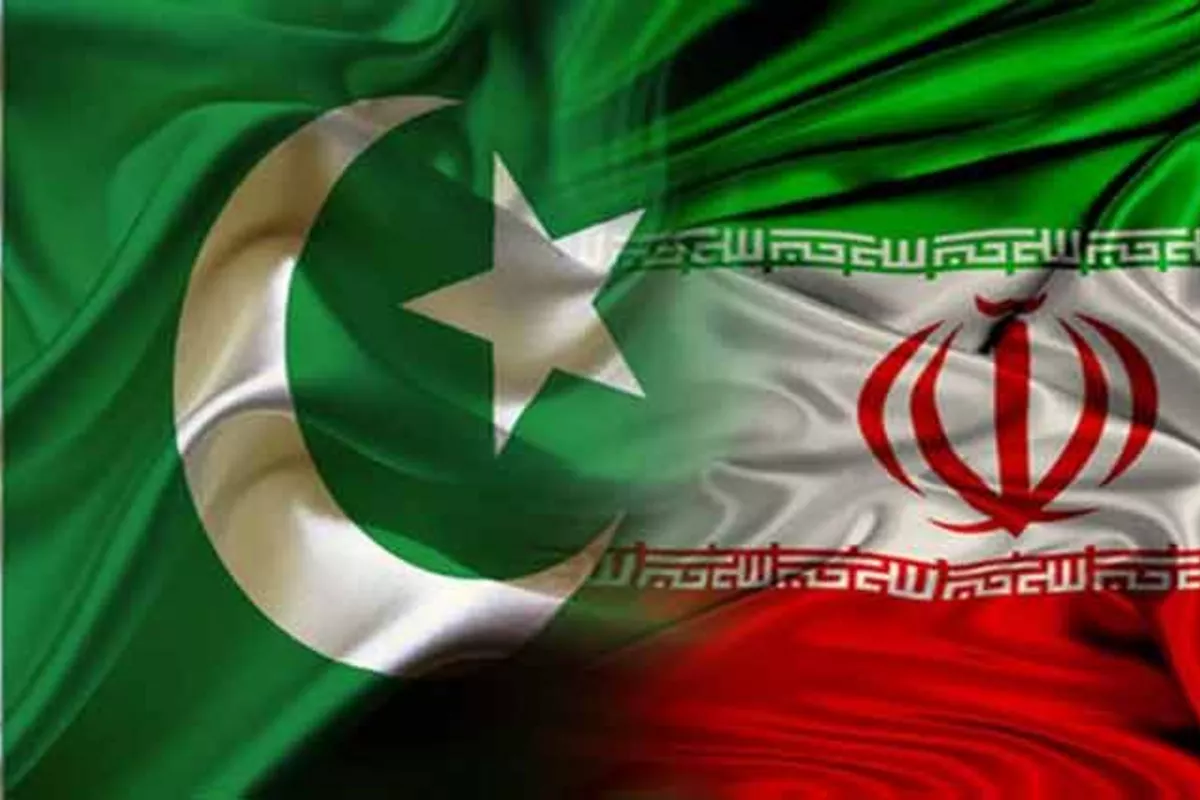
Photo credit: policyeast.com
Pakistan and Iran have reaffirmed their commitment to enhancing economic ties, setting an ambitious $10 billion trade target and advocating for stronger regional connectivity.
The two neighboring countries, united by geography and shared history, are working to boost bilateral trade through improved road, rail, and port linkages, as well as innovative trade mechanisms like barter and border markets, The Caspian Post reports citing foreign media.
Trade Volume Hits $3 Billion, Targeting $10 Billion
According to officials, Pakistan-Iran trade has already reached the $3 billion mark, supported by Pakistan’s growing exports of rice, meat, and other agri-based products. Both countries are now working to finalize a commodity list to streamline bilateral commerce and broaden the scope of goods exchanged. The ultimate goal is to multiply trade more than threefold in the coming years, hitting the $10 billion benchmark.
Connectivity at the Core
At the heart of this renewed partnership is connectivity. Ministers from both sides have underlined the importance of enhancing road and rail links to speed up the movement of goods, while also integrating port facilities to facilitate regional and global trade routes. Improved infrastructure, they believe, will reduce costs, cut delivery times, and allow Pakistan and Iran to function as gateways for broader regional trade, particularly under initiatives like the Belt and Road framework.
Barter Trade and FTA in Focus
One of the key aspects of future cooperation is the expansion of barter trade. Both governments view this mechanism as an effective tool to bypass financial hurdles and promote localized trade in essential goods. Alongside, discussions are ongoing for a Free Trade Agreement (FTA), which, once finalized, could provide a formal structure for tariff reductions, greater market access, and smoother trade flows.
The activation of border markets has also been prioritized as a way to directly benefit communities living along the frontier. These markets will not only promote small-scale trade but also create job opportunities and strengthen people-to-people economic ties.
Rising Pakistani Exports
Pakistani exporters are increasingly finding a growing demand for rice and meat in Iran. This trend, officials say, represents a foundation upon which broader trade growth can be built. Expanding beyond food products, there is potential for cooperation in textiles, pharmaceuticals, minerals, and energy. Earlier MoUs signed between the two countries in the fields of trade, energy, and connectivity are expected to provide the framework for diversifying economic cooperation.
Diplomatic Momentum
Recent leadership visits have added significant momentum to the economic agenda. Both governments have reaffirmed their commitment to pragmatic cooperation, with trade positioned as a central pillar of bilateral relations. By aligning policies and expediting the finalization of trade facilitation measures, Islamabad and Tehran aim to foster a sustainable economic relationship that withstands regional challenges.
Toward a Shared Future
The $10 billion trade target is ambitious but reflects a shared vision: to unlock the economic potential of Pakistan and Iran through connectivity, trust, and mutual benefit. For Pakistan, enhanced trade with Iran opens a new frontier for its exporters and helps diversify markets. For Iran, deeper integration with Pakistan ensures steady access to food products and new economic opportunities amid shifting global dynamics.
As the two countries work to finalize commodity lists, operationalize border markets, and push forward connectivity projects, their partnership is set to move from intent to implementation. If achieved, the $10 billion trade target could mark a historic transformation in regional commerce and pave the way for greater cooperation in energy, infrastructure, and beyond.
Share on social media